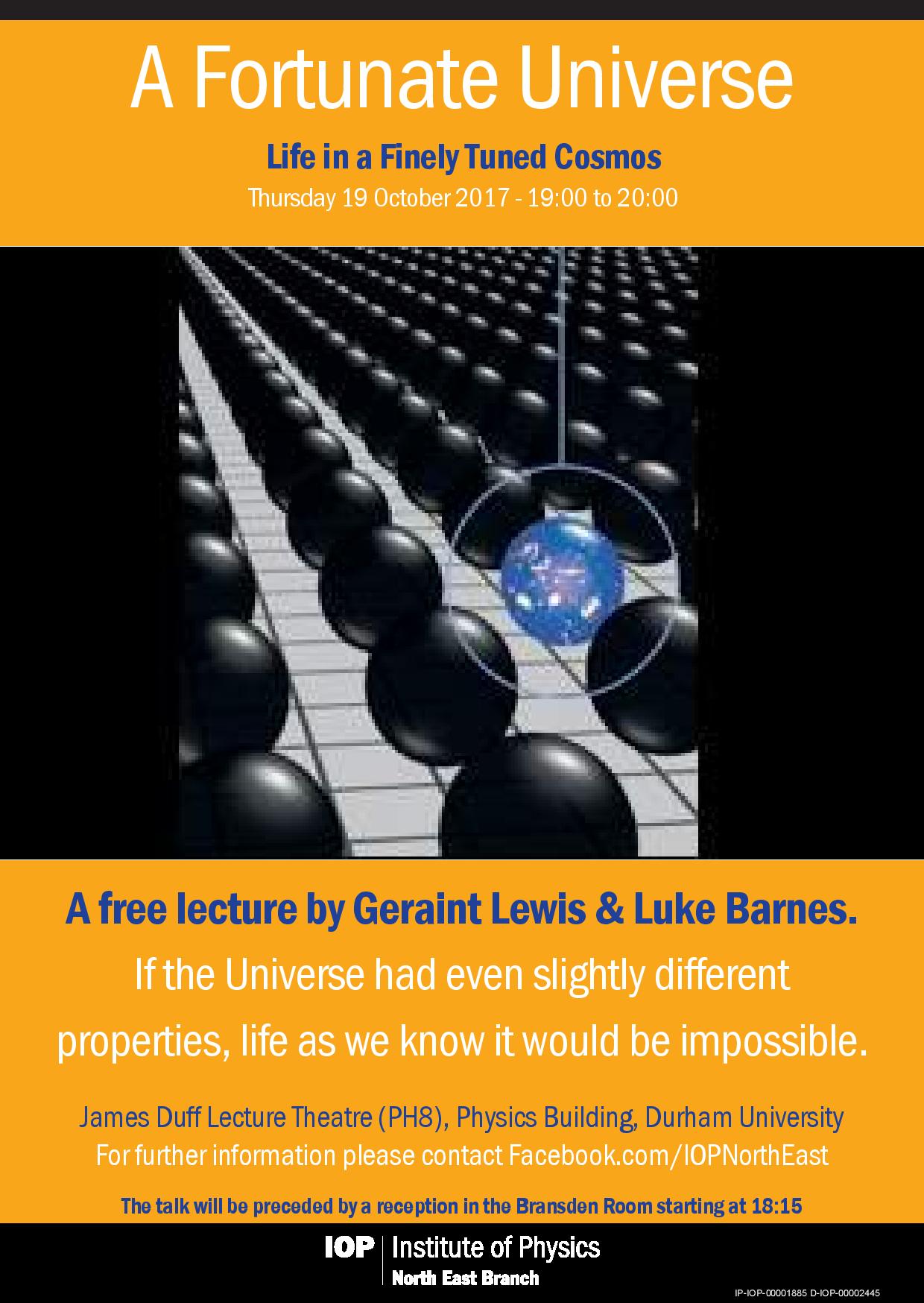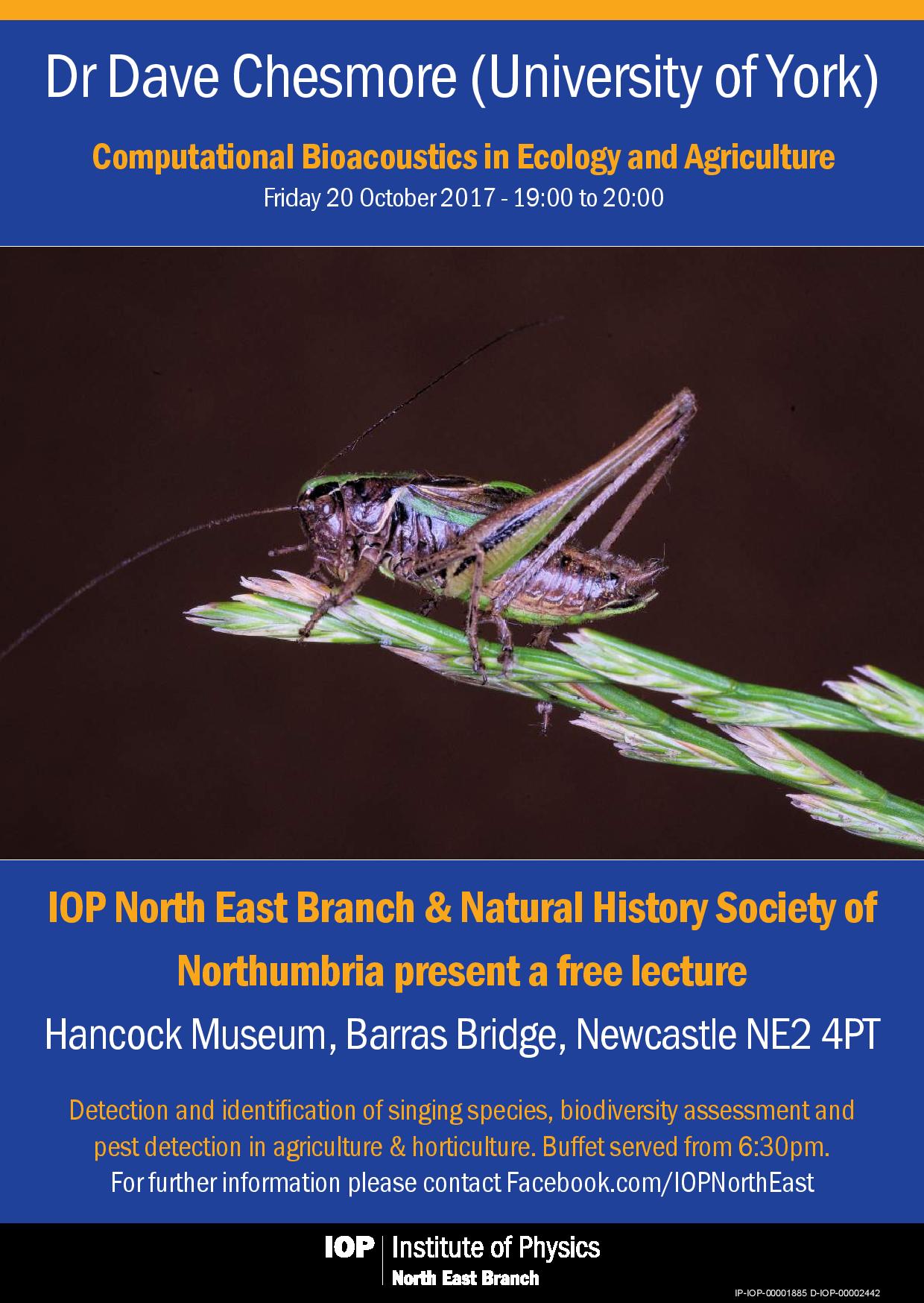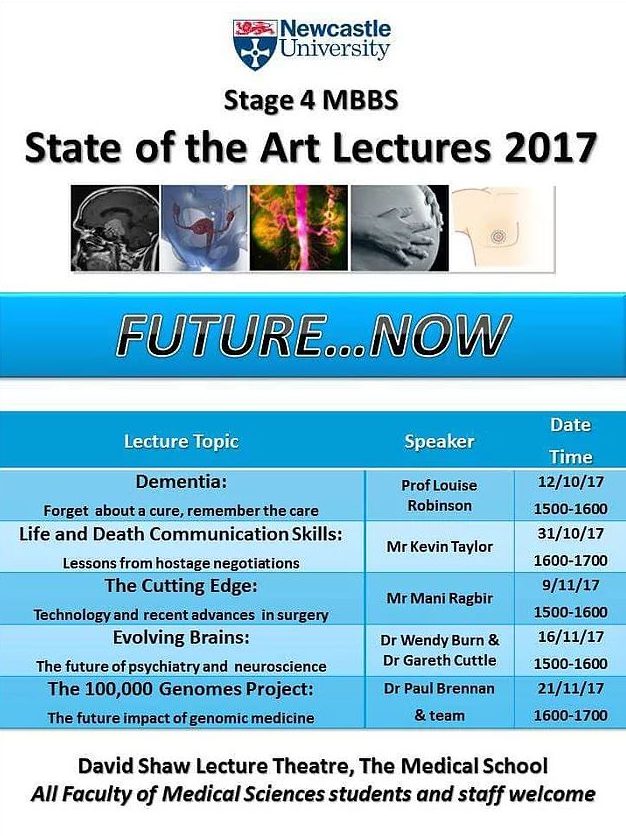By Justin Byrne
In my PhD, I compare ancient British woodlands with younger ones in an effort to describe how microbial biodiversity, and the associated ecological processes, change over time. Scientific endeavours like this focus on building generalisations, but what is the use of a generalisation if, in the real world, things are always atypical?
Biodiversity, the breadth of variation in the living components of an environment, tends to increase over time. Below is a picture of some tanks of standing water in our office, initially these tanks were used to age water for our aquarium. When spring began, the water would quickly fill with algae so we stopped using it. Instead of throwing it away, we left it, occasionally topping it up with wastewater from aquarium water changes. When we put a few plants in there things really kicked off and now the tanks teem with life. Water boatmen, snails, water fleas and no doubt plenty of other microscopic inhabitants have colonised the tank. Nature is the same but slower.

In natural systems we generally expect environments to go through a series of successional stages. First, colonisers arrive, generally fast growing, with high dispersal and plenty of offspring. At a time it was popular to refer to these species as r-selected species (r for high growth rate). These reshape their environments with their activity, waste, and their death, providing altered environments for other species to colonise. As more species arrive, they continue to change their environment until long living species generally crowd out and dominate, forming a climax community. These, were once popularly referred to as k-selected species (k for Kapazitätsgrenze, the German word for carrying capacity – the stable population limit of the environment). This is succession, a conceptual model of how ecosystems behave. British woodlands are the basis of my work and have an extensive history of management, not unlike my water tanks. The Ancient British woodlands used in my research have not yet reached a climax community, the theorised final state of succession. They do not conform to the model. Perhaps the post-glacial wildwood reached climax over the thousands of years of succession it experienced before humans reshaped the British Isles. Perhaps chaotic processes within it prevented it reaching that point. Despite having good generalisations about how the environment should shape itself, in reality things are more messy.
We base our models of how ecosystems work on imperfect individuals. I attempt to look past the individuality of woods with a carefully designed study with lots of replicates. Generally, I might find that the diversity of microbes in woodlands increases over time. Alternatively, “middle aged” woodlands might be most diverse. Statistics gives me an idea of how trustworthy this generalisation is. However, it remains impossible to say what a certain wood will be like in a few decades or centuries. Whatever relationships I find, individual woods may entirely buck the trend. The strength of scientific theories is in their ability to predict general trends. Their weakness will always be in predicting individual events.
Any understanding of the mechanisms behind observed results is going to be a generalisation, and for that we sacrifice certainty. I think that is why many have come to doubt the advice of experts; those who can tell you what should happen, but never what will happen. Developing scientists have to become comfortable with uncertainty, while striving to increase the confidence of their assertions. Offering assurance is not a natural part of this skill set, which can be troublesome when a scientist is called upon to explain an item of news or a development (see the ongoing climate debate). There are two clear responses to this; either science, being uncertain, is a poor arbiter of truth, or certainty is a western virtue that should be valued less highly. To see the downsides of each worldview, one need not look far.




 Rheology is a field that is primarily concerned with the flow of matter, both in liquid and solid state. The author of this paper, M.A. Fardin, charmingly argues that cats can behave in different ways depending on the surface they are lying on and the space they are trying to manoeuvre themselves into. His methodology? ‘1. Bring an empty box. 2. Wait.’
Rheology is a field that is primarily concerned with the flow of matter, both in liquid and solid state. The author of this paper, M.A. Fardin, charmingly argues that cats can behave in different ways depending on the surface they are lying on and the space they are trying to manoeuvre themselves into. His methodology? ‘1. Bring an empty box. 2. Wait.’ Modelling how quickly and widely infectious diseases can be transmitted is a complex mathematical undertaking but immensely valuable for disease management. But how can you teach these complex mathematical skills to students without scaring them off? Simple answer: Zombies!
Modelling how quickly and widely infectious diseases can be transmitted is a complex mathematical undertaking but immensely valuable for disease management. But how can you teach these complex mathematical skills to students without scaring them off? Simple answer: Zombies! A classic in the world of scientific questions no one has even thought of asking before. This study first asked adults to label children’s paintings as either ‘bad/ugly’ or ‘good/beautiful’ and then tried to teach the distinction to pigeons – with surprising successes! Pigeons can apparently learn what is considered beautiful to human eyes and use both colour and pattern of the paintings to come to their assessment.
A classic in the world of scientific questions no one has even thought of asking before. This study first asked adults to label children’s paintings as either ‘bad/ugly’ or ‘good/beautiful’ and then tried to teach the distinction to pigeons – with surprising successes! Pigeons can apparently learn what is considered beautiful to human eyes and use both colour and pattern of the paintings to come to their assessment.






